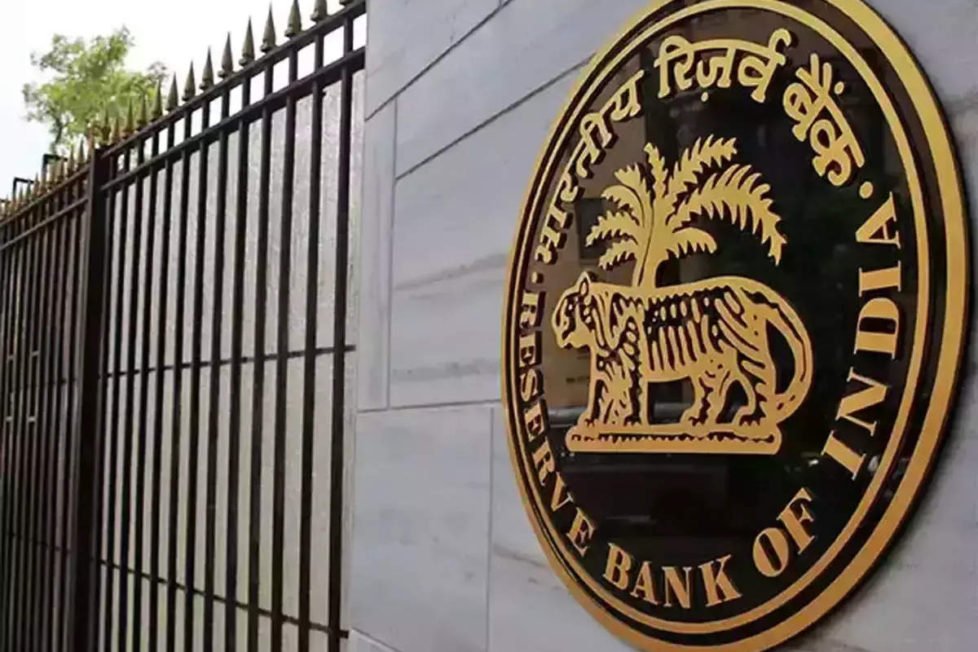Bengal, Bihar, Punjab, Rajasthan and Kerala heading towards Sri Lanka type crisis; RBI issues warning


Reserve Bank of India, in the month of June, conducted a study on state finances and found that 5 states have been in high debts in comparison to their GDP and that they need steps to recover their economic situation. RBI in its study suggested, “We can identify a core subset of highly stressed states from among the 10 states identified by the necessary condition i.e., the debt/ GSDP ratio. The highly stressed states are Bihar, Kerala, Punjab, Rajasthan and West Bengal.”
According to the report, Punjab is anticipated to stay in the worst situation because of continuing worsening in its fiscal situation and a predicted debt-to-GSDP ratio that would reach 45% in 2026–2027. By 2026–2027, it is anticipated that Rajasthan, Kerala, and West Bengal will have debt-to-GSDP ratios higher than 35%. To stabilise their debt levels, these states will need to take major remedial action.
The study added, “Based on the debt-GSDP ratio in 2020-21,4 Punjab, Rajasthan, Kerala, West Bengal, Bihar, Andhra Pradesh, Jharkhand, Madhya Pradesh, Uttar Pradesh and Haryana turn out to be the states with the highest debt burden.” Stating that these 10 states account for almost half of the total expenditure by all state governments in India.
The benchmarks for fiscal deficit and debt for the ten states, established by the 15th Finance Commission, were exceeded by Andhra Pradesh, Bihar, Rajasthan, and Punjab (FC-XV). While Madhya Pradesh overshot the fiscal deficit objective, West Bengal, Kerala, and Jharkhand also went over their debt targets. In contrast, Haryana and Uttar Pradesh fit both requirements. According to the RBI analysis, Rajasthan, Kerala, and West Bengal are expected to exceed the FC-XV targets for debt and fiscal deficit in 2022–2023 (BE).
It said that three of these 10 states, Madhya Pradesh, Punjab, and Kerala, have seen a decline in their own tax collection over time, making them more financially susceptible. The study further added, “For most of these states, non-tax revenue has remained volatile, dropping significantly in recent years. The decline in non-tax revenue is under general services, interest receipts and economic services.”
These states’ varying revenue expenditure shares in total expenditures range from 80 to 90%. “Some states like Rajasthan, West Bengal, Punjab and Kerala spend around 90 per cent in revenue accounts. This results in poor expenditure quality, as reflected in their high revenue spending to capital outlay ratios,” the study said.
In states like Haryana, Uttar Pradesh, West Bengal, Kerala, and Punjab, committed expenditure—which includes, among other things, interest payments, pensions, and administrative costs—accounts for a sizeable portion (more than 35% of total revenue expenditure), leaving little room in the budget for undertaking development expenditure, the report said.
According to a study by the RBI, the combined losses of DISCOMs in the five states with the highest levels of debt—Bihar, Kerala, Punjab, Rajasthan, and West Bengal—accounted for 24.7% of all DISCOM losses in 2019–20, while their combined long-term debt represented 22.9% of all DISCOM debt.
Around half of the entire expenditure by all states and UTs is made up of the ten states identified by the vulnerability indicators, it claimed. These states’ varying revenue expenditure shares in total expenditures range from 80 to 90%. According to the survey, several states, such as Rajasthan, West Bengal, Punjab, and Kerala, spend about 90% of their revenue.
The effects of tax spending on economic activity only last for approximately a year, despite improving welfare. The peak effect of a capital outlay, however, manifests after two to three years, and its impact is greater and lasts longer.
DISCLAIMER: The author is solely responsible for the views expressed in this article. The author carries the responsibility for citing and/or licensing of images utilized within the text.
